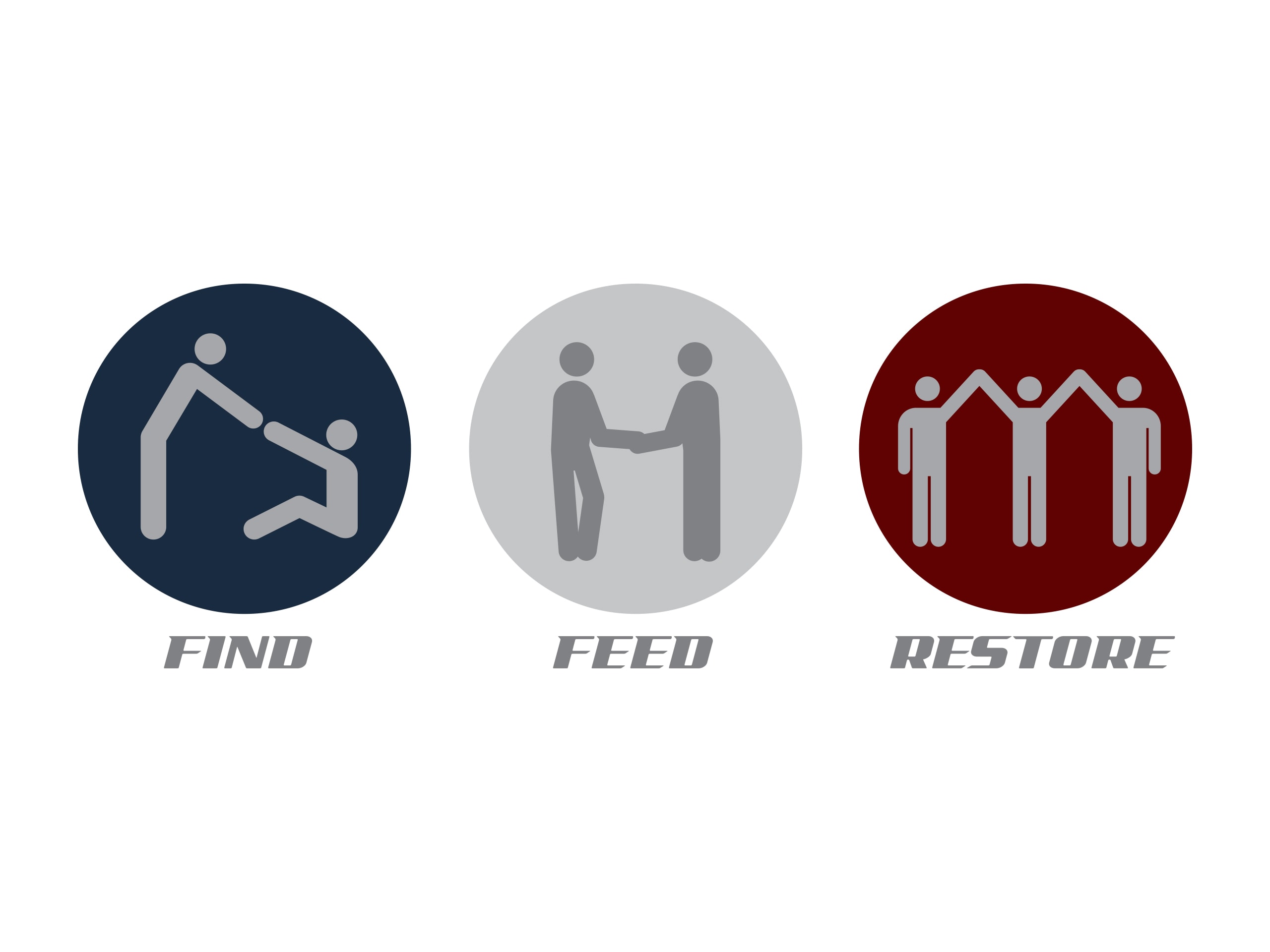What You Need To Know About The Solar Tax Credit
This past tax season I had a few clients that were expecting a big tax refund from the installation of their solar panels, which would help offset their installment plan. They were told one thing and received something else. Sales people will tell you anything and if they or you do not know or understand how these credits work it could affect you as well.
Non-refundable Tax Credit
The current solar panel tax credit is 30% of your cost. If your cost to install the solar panels was $30,000, your credit would be $9,000, that is a nice credit, but this tax credit is not a refundable tax credit, it is a non-refundable tax credit.
Non-refundable tax credits reduce your tax liability dollar for dollar. Unless you owe more than those tax credits you cannot use the entire credit. Below is an example of what I am referring to, if you filed for tax year 2018:
| Married Filing Joint-1 dependent | Single – no dependents | ||||
| Adjusted Gross Income | 65,000 | 115,000 | 65,000 | 115,000 | |
| Standard Deduction | 24,000 | 24,000 | 12,000 | 12,000 | |
| Taxable Income | 41,000 | 91,000 | 53,000 | 103,000 | |
| Tax liability | 4,542 | 11,905 | 7,605 | 19,010 | |
| Nonrefundable | Foreign tax credit | ||||
| Credits | Credit for child care | 500 | 500 | ||
| Education credit | |||||
| Retirement savings | |||||
| Residential energy credit | 4042 | 9000 | 7605 | 9000 | |
| Total Credits | 4,542 | 9,500 | 7,605 | 9,000 | |
| Total Tax liability | 0 | 2,405 | 0 | 10,010 | |
This example does not take into account what you paid into federal withholding for the year. If you paid $9,750 in federal taxes during the year, you would see the following outcome:
The Good News With Solar Tax Credit
If you did not get to use the full credit it will carry forward into the next year(s) until the credit is used in full, but the bad news is what you are told when you purchase the solar panels.
If you did not pay in full, they will set you up on installment loans. They issue you two, one that you pay as with any loan, the other one is in the amount of the tax credit, which you have a year to pay. Once you file and receive your tax credit, you use that to pay the loan off and do not occur additional interest, which accrues from the time you setup your loan. As noted in my examples above, you may not receive the refund you are expecting.
Keep in mind, unless Congress extends the credit again, the amount of the credit will drop to 26% for systems placed in service in 2020, and 22% for systems placed in service in 2021. After December 31, 2021, the solar tax credit is scheduled to expire for private installations, with only a 10% tax credit for commercial installation remaining.
Additionally, in previous years, owners of new solar energy systems could not claim the tax credit unless their system was operational. Now, the legislation allows them to claim it as soon as the construction of the system is complete, as long as it is operational by December 31, 2023.
If you’re thinking about installing solar panels and want to optimize your credit, aim to have them installed by the end of 2020 and make sure you pay the installment loan for the tax credit, in full, within one year.
For additional information on the tax credit for solar panels or any tax questions, please contact me via my website or call me at 407-559-1047.









